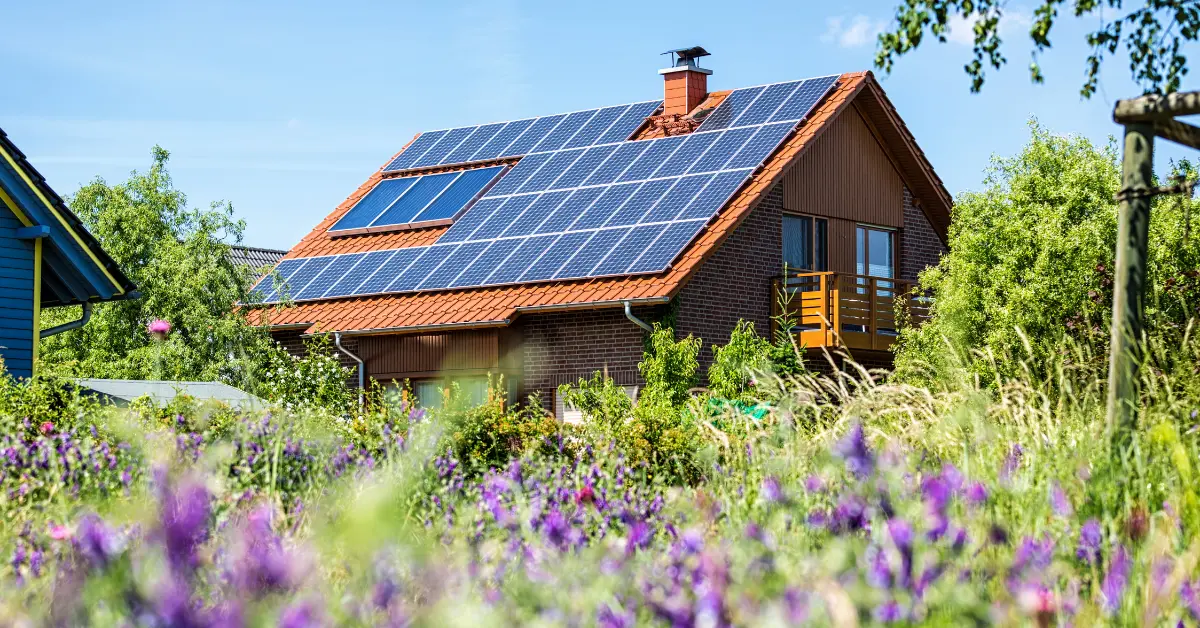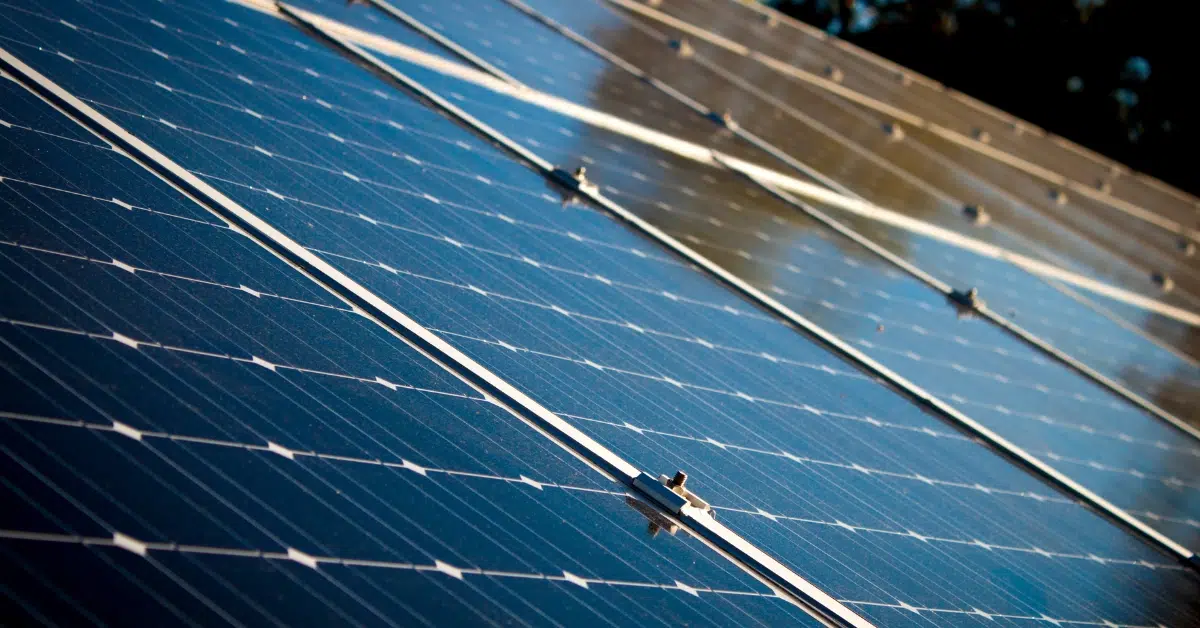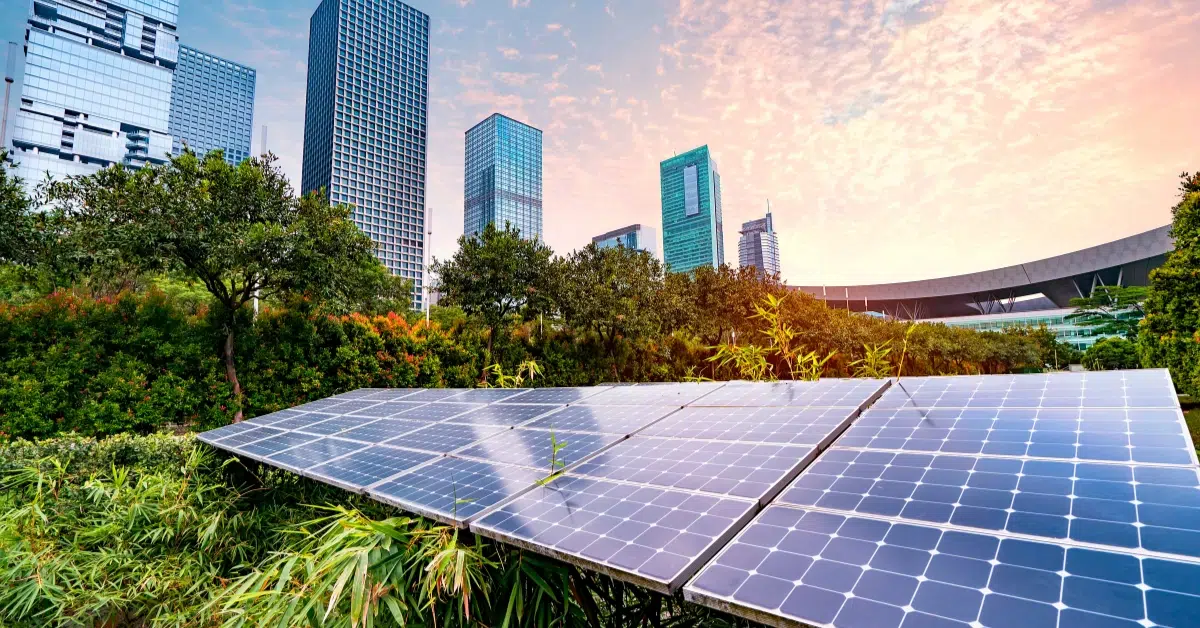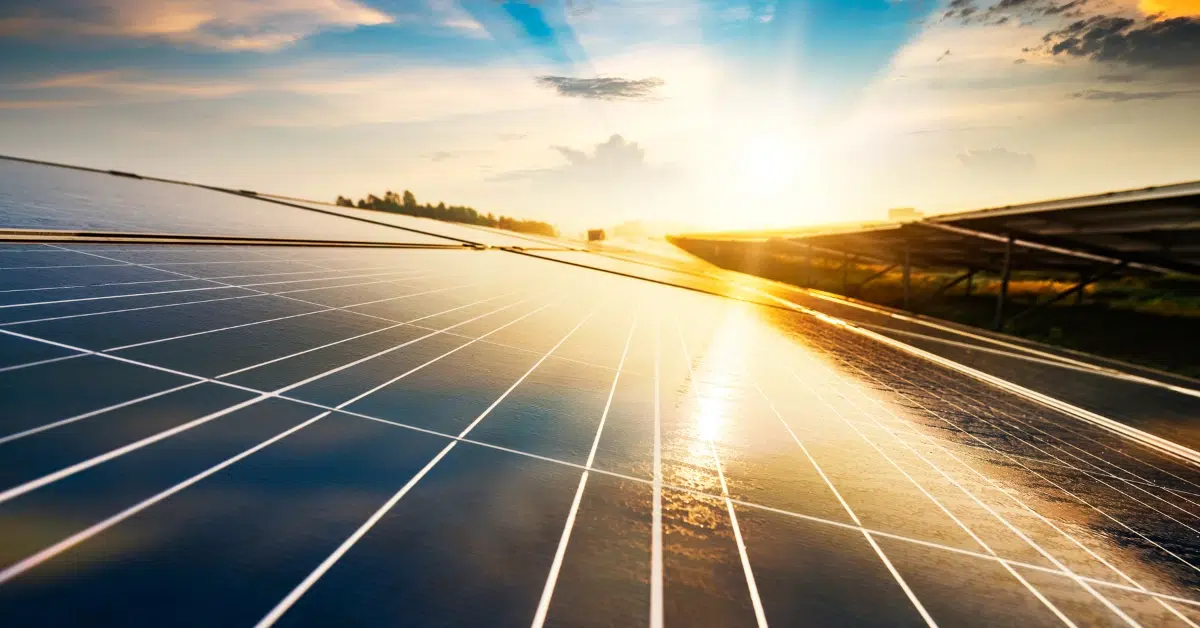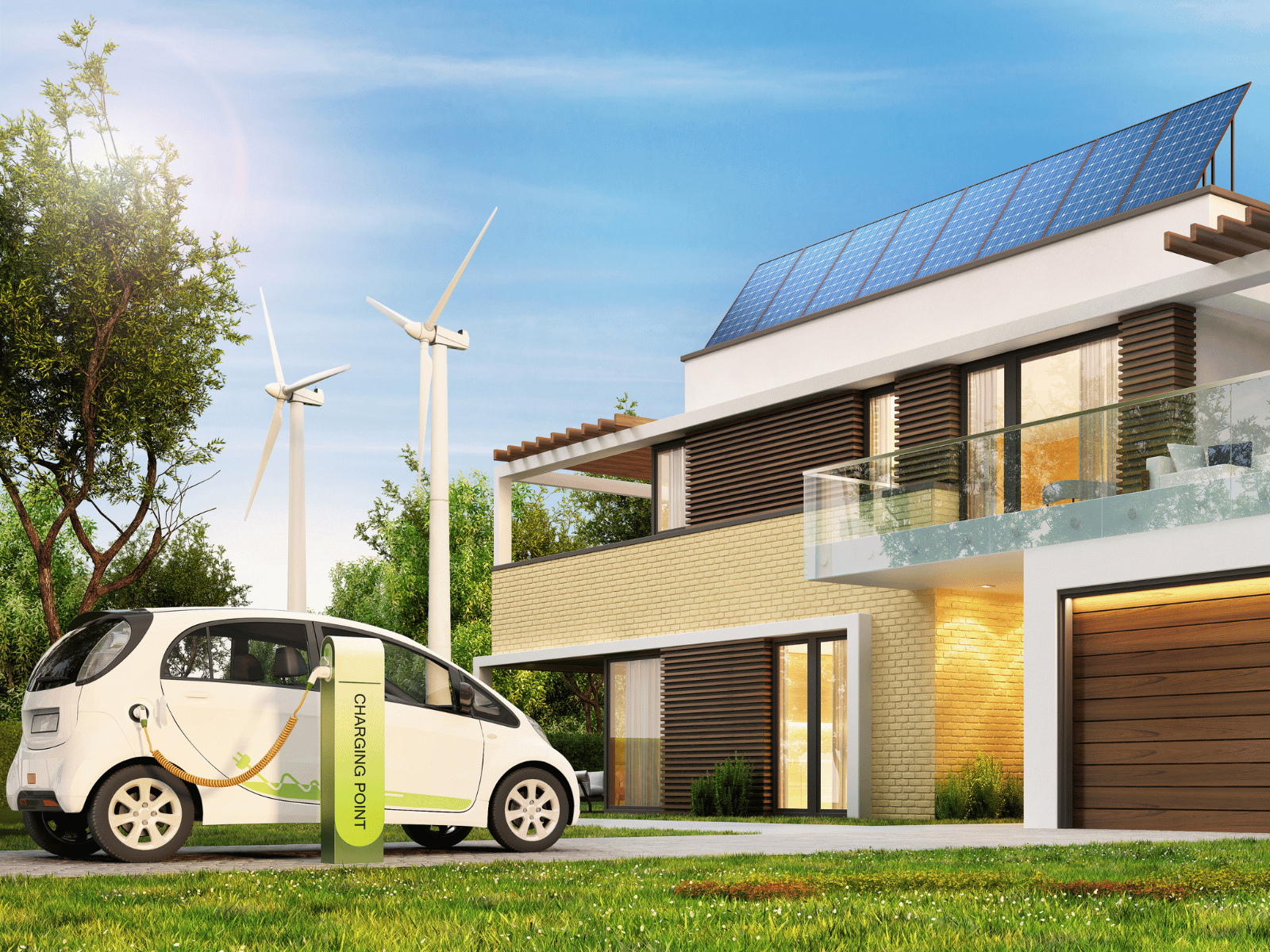Solar power plays a crucial role in Oklahoma City’s energy landscape. The city’s average solar radiation level stands at 5.62 kilowatt hours per square meter per day, which positions it favorably for solar energy generation. Understanding the impact of weather on solar energy is essential for optimizing performance. Oklahoma City experiences diverse weather patterns, including high temperatures and seasonal storms. These conditions influence solar panel efficiency and energy output. Despite challenges, OKC solar installations continue to thrive due to strategic planning and technological advancements.
Understanding Oklahoma City’s Climate and How it Impacts Solar Panel Performance
General Climate Overview for Solar in Oklahoma
Oklahoma City experiences a diverse climate that significantly influences solar power performance. The city lies in a region where the climate transitions from humid and subtropical in the east to semi-arid in the west. This variation affects solar energy potential across the state. Oklahoma City enjoys high solar radiation levels, especially during the summer months of August, July, and September. Solar panels positioned at an angle equal to the latitude can maximize energy output.
Seasonal Weather Patterns
Oklahoma City experiences four distinct seasons. Summers are typically hot with temperatures often exceeding 90°F. Winters are mild, with occasional cold spells. Spring and fall bring moderate temperatures and are considered transitional seasons. Each season presents unique challenges and opportunities for solar energy production. Summer offers abundant sunlight, while winter provides cooler temperatures that enhance solar panel efficiency.
Average Temperature and Precipitation
The average annual temperature in Oklahoma City is around 60°F. Precipitation averages about 36 inches per year. Rainfall is fairly evenly distributed throughout the year, with May and June being the wettest months. OKC solar panels continue to generate electricity even on cloudy days, although heavy rain clouds can reduce energy output. Proper installation and maintenance ensure optimal performance despite varying weather conditions.
Unique Weather Phenomena
Oklahoma City is known for its unique weather phenomena, which can impact solar power systems. The city is situated in Tornado Alley, making severe storms a common occurrence. These storms can pose challenges for solar installations.
Tornadoes and Severe Storms
Tornadoes and severe storms frequently affect Oklahoma City. High winds and hail can damage solar panels, requiring durable installations. Regular inspections and maintenance help mitigate storm-related damage. Solar panels are designed to withstand harsh weather conditions, ensuring long-term reliability.
Impact of Humidity and Wind
Humidity and wind also play roles in Oklahoma City’s climate. High humidity levels can lead to dust and debris accumulation on OKC solar panels, reducing efficiency. Regular cleaning helps maintain optimal performance. Wind energy complements solar power generation in Oklahoma. The state’s wind resources contribute significantly to electricity production, providing a balanced energy mix.
Weather’s Impact on OKC Solar

Sunlight Availability and OKC Solar Power
Cloud Cover and Solar Irradiance
Cloud cover significantly affects solar power performance in Oklahoma City. Thick clouds can reduce solar irradiance, which is the amount of sunlight reaching solar panels. Reduced irradiance leads to lower energy output. Solar panels still generate electricity on cloudy days, but the efficiency decreases. The average solar radiation level in Oklahoma City remains high, even with occasional cloud cover. This makes the city a favorable location for solar energy generation.
Daylight Hours Variation
Daylight hours vary throughout the year in Oklahoma City. Longer daylight hours in summer provide more opportunities for solar energy production. Shorter days in winter result in less sunlight availability. Solar panel positioning plays a crucial role in maximizing energy output. Panels should be angled to capture the most sunlight during peak hours. Proper alignment ensures optimal performance despite variations in daylight hours.
How Temperature Impacts OKC Solar Panel Performance
High Temperatures and Solar Panel Efficiency
High temperatures can impact solar panel efficiency. Solar panels operate less efficiently in extreme heat. The increased temperature can cause a decrease in voltage output. Oklahoma City’s hot summers can challenge solar performance. Advanced solar panel technologies help mitigate efficiency loss in high temperatures. These technologies maintain energy output during peak heat periods.
Cold Weather and Energy Output
Cold weather benefits solar panel performance. Solar panels produce more voltage in cooler temperatures. Increased voltage leads to higher energy output. Oklahoma City’s mild winters offer an advantage for solar energy production. Solar installations continue to generate electricity efficiently during cold spells. Proper maintenance ensures panels function optimally in cold weather.
Weather-Related Challenges for Solar Panels in Oklahoma
Storm Damage and Maintenance
Severe storms pose challenges for solar installations in Oklahoma City. High winds and hail can damage solar panels. Durable installations withstand harsh weather conditions. Regular inspections and maintenance prevent storm-related damage. Solar panels are designed to be waterproof, protecting electrical components during storms.
Dust and Debris Accumulation
Dust and debris accumulation affects solar panel efficiency. High humidity levels in Oklahoma City can contribute to this issue. Regular cleaning practices maintain optimal performance. Clean panels ensure maximum sunlight absorption. Proper maintenance minimizes efficiency loss due to dust and debris.
Optimizing Solar Power in Varying Weather Conditions
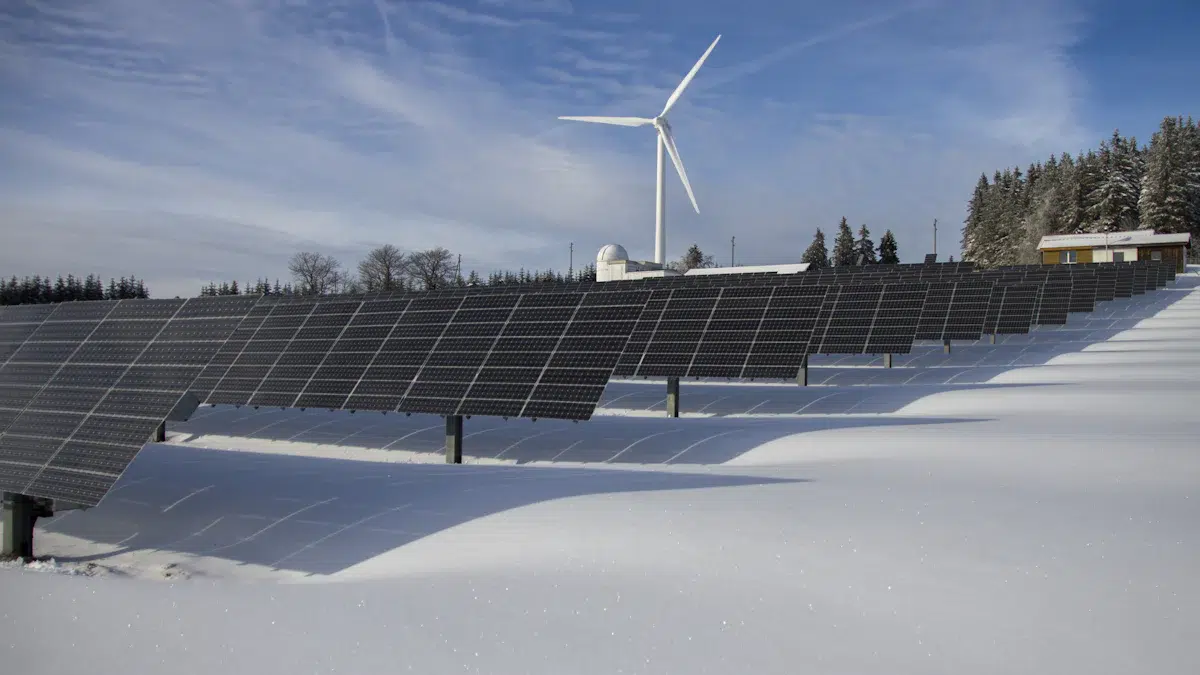
Technological Solutions to Solar in Oklahoma Conditions
Advanced Solar Panel Technologies
Solar panels have evolved to withstand diverse weather conditions. Manufacturers design panels to endure extreme temperatures and storms. Panels can resist winds up to 150 mph. The durability ensures reliable performance during harsh weather. Hybrid solar panels represent an innovative advancement. These panels generate electricity from both sunlight and rain. The impact of raindrops converts into energy. Hybrid panels offer a solution for cloudy and rainy days. Although less efficient than traditional panels, they provide additional energy sources.
Weather-Resistant Installations
Weather-resistant installations enhance solar panel longevity. Installers use robust materials to secure panels. Strong mounts prevent damage from high winds and hail. Waterproof designs protect electrical components. Panels maintain functionality during heavy rains. Regular inspections ensure installations remain secure. Maintenance addresses potential wear and tear. Proper care extends the lifespan of solar systems.
Efficient and Strategic Planning
Site Selection and Orientation
Site selection plays a crucial role in OKC solar efficiency. Optimal locations receive maximum sunlight throughout the year. Installers assess shading from trees and buildings. Proper orientation captures the most sunlight. Panels face south in the Northern Hemisphere for optimal exposure. The angle of installation matches the site’s latitude. This setup maximizes energy production.
Seasonal Energy Management
Seasonal energy management optimizes solar output. Summer months provide abundant sunlight. Systems store excess energy for later use. Winter months require strategic energy conservation. Solar panels produce more voltage in cooler temperatures. Efficient energy use balances production and consumption. Homeowners adjust energy usage based on seasonal variations. Smart systems automate energy management for convenience.
Solar Energy in Oklahoma
Solar Installers in Oklahoma
Choosing the Right Installer
Selecting a solar installer requires careful consideration. Homeowners should evaluate the experience of potential installers. A reputable installer offers comprehensive services. These services include site assessment and system design. Installers must provide clear information about costs. Transparent pricing helps homeowners make informed decisions. Customer reviews offer insights into an installer’s reliability. Positive feedback indicates quality service. Certifications and affiliations reflect professionalism. Installers with industry certifications demonstrate expertise.
Installation Process and Considerations
The installation process involves several key steps. Site assessment determines the suitability for solar panels. Installers evaluate roof condition and orientation. Proper positioning maximizes energy production. The design phase customizes the solar system. Installers consider energy needs and available space. Permits and approvals ensure compliance with regulations. Installers handle the necessary paperwork. The installation phase involves mounting the panels. Secure installations withstand Oklahoma’s weather conditions. Final inspections verify system functionality. Homeowners receive guidance on system operation.
OKC Solar Energy Worth and Payback Period
Cost-Benefit Analysis
A cost-benefit analysis evaluates solar investment value. Initial costs include equipment and installation fees. Incentives and tax credits reduce upfront expenses. Solar systems lower electricity bills over time. Savings accumulate as energy production offsets consumption. The analysis considers long-term financial benefits. Increased property value enhances investment appeal. Environmental benefits contribute to sustainability goals. Reduced carbon footprint aligns with eco-friendly initiatives.
Long-term Savings and Benefits
Long-term savings result from reduced energy costs. Solar systems generate electricity for decades. Consistent energy production leads to financial stability. Homeowners enjoy protection against rising utility rates. Solar investments offer significant returns over time. Energy independence enhances security and reliability. Solar systems contribute to environmental conservation. Renewable energy supports a sustainable future. Community benefits arise from widespread solar adoption. Local economies thrive through job creation in the solar industry.
OKC Solar Cleaning
Solar Panel Cleaning Maintenance
Regular Cleaning Practices
Regular cleaning practices play a crucial role in maintaining the efficiency of OKC solar panels. Dust and debris can accumulate on the surface, reducing the amount of sunlight that reaches the panels. This accumulation can impact the energy output. Solar Panel Cleaning involves removing dirt and grime to ensure maximum sunlight absorption. Oklahoma solar customers benefit from regular maintenance, which enhances performance and extends the lifespan of the panels. Oklahoma Solar Incentives offered by the state encourage homeowners to invest in solar energy, making maintenance even more vital for protecting investments.
Importance of Panel Inspection
Panel inspection is essential for identifying potential issues early. Inspections help detect damage caused by extreme weather conditions, such as hail or high winds. Brent Dolf from Solar Power of Oklahoma emphasizes the durability of solar panels in severe weather. Regular inspections ensure that panels remain in good condition and function optimally. Oklahoma Corporation Commission approves regulations that support solar energy growth, highlighting the importance of maintaining efficient systems. Installing solar panels requires ongoing care to maximize benefits and ensure long-term reliability.
Weather Impact on Cleaning Frequency for Solar in Oklahoma
Effect of Rainfall on Panel Dirt
Rainfall can influence the frequency of cleaning. While rain can wash away some dirt, it may not remove all debris. Heavy rain clouds can reduce sunlight availability, impacting energy production. Cloudy Weather conditions necessitate more frequent cleaning to maintain efficiency. Ryan Gaylor, a contributor to KGOU, notes the resilience of solar panels in various weather conditions. NPR member stations often report on the benefits of solar energy, emphasizing the need for regular maintenance to optimize performance.
Snow Removal Considerations
Snow can cover solar panels, blocking sunlight and reducing energy output. Heating Systems can help melt snow, allowing panels to continue generating electricity. Adequate heating systems are essential for ensuring that panels remain clear during winter months. Evaporative cooling systems can also assist in maintaining optimal temperatures for solar panels. Oklahoma Solar Customers should consider the impact of snow on their systems and plan for regular maintenance.
Weather plays a vital role in the performance of solar energy systems. Oklahoma’s climate, with its unique weather patterns, impacts solar panel efficiency and electricity output. Temperature variations, cloud cover, and precipitation all influence solar energy generation. Adapting to these conditions ensures optimal performance.

